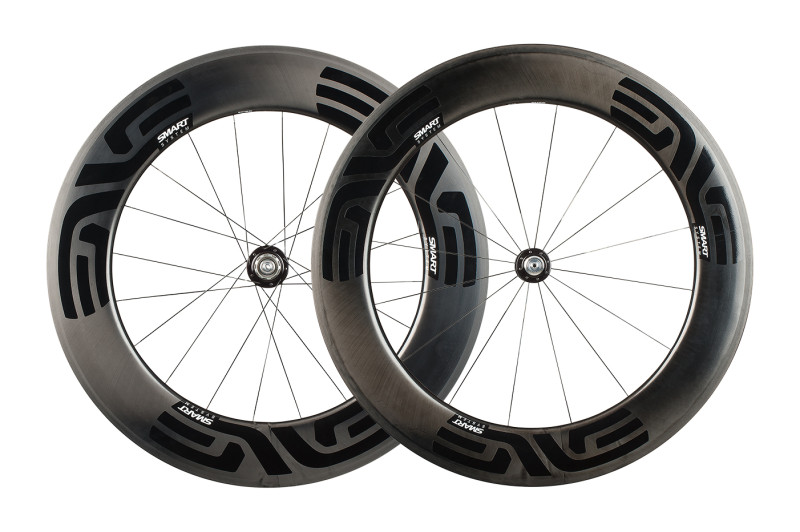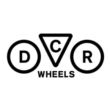
When it comes to choosing something aerodynamic, it is not necessarily just about choosing something that offers the lowest level of aerodynamic drag. It is also about its aerodynamic stability.
You should be cautious about manufacturers that claim their wheels are the most aerodynamic on the market or say, ‘more aero than Zipp’, because while they may offer less drag going head on into wind, that is not to say they will offer the best aero advantage during racing. Moreover you may get blown around a lot, equally they may be heavy or fragile or other concerning attributes.
Pitch and Yaw are concepts worth familiarising yourself with. On any given day, there will be wind, independent of the drag you will encounter from actually cycling into air. That wind is unlikely to be coming straight at you and straight into you. It is likely to be either descending or ascending and to a certain extent at an angle to you. This means that you can get blown around with certain profiles and it could cause air to be turbulent around your profile edges which could in turn add drag. So a really good profile will not only offer minimal drag in a straight line, but can cope with air at a variety of pitch and yaw angles. Similarly, more advanced aerodynamic shapes are more efficient and therefore you can, for example, have a similar aerodynamic advantage with a smaller profile. That reduces the chances of you getting blown around on your aero wheels and will also save weight.
The ENVE SES system rims that I sell are among the most advanced aerodynamically. Carefully optimised aerodynamic profiles, minimal weight, made in the USA and with advanced technologies for dealing with heat build up. ENVE have pursued management of heat to a greater extent than lots of other manufacturers. When building, ENVE rims feel tough and they come with a 5 year warranty. I am not going to comment on who makes ‘better’ rims or whose are more aerodynamic. However there is wind tunnel data which helps to shed light on this sort of hotly contested issue. ENVE as standard tolerate various permutations on their sets and are naturally customisable.
“You should be cautious about manufacturers that claim their wheels are the most aerodynamic on the market or say, ‘more aero than Zipp’, because while they may offer less drag going head on into wind, that is not to say they will offer the best aero advantage during racing”
If you are looking at buying a set of ENVE wheels, you are not going to get a set for less than around £2400. So, with that in mind, I would like to offer some more economical alternatives:
We also offer some ‘DCR’ carbon rims which are in a wide U profile. The 50.7mm and 77mm rims (rim brake or disc brake) as well as the 37mm (disc brake only) profiles are wind tunnel tested and good deal cheaper than the high end counterparts just discussed. You can read about these options here.
Going with an aero set means you really ought to be sticking with the CX-Ray spoke. Carbon-Ti or Tune hubs are a sensible addition because they help to keep the build nice and light, stiff, strong and durable. However, as a more economical option you can have a set with DCR hubs. The wheels come with brake pads, however for the best braking performance I recommend Swissstop Black Prince brake pads. I don’t generally recommend this set for prolonged braking – i.e. alpine conditions and also do not recommend them for riders over about 95kg. The set is perfectly capable of handling heavier riders, but braking remains a concern on all carbon rims, so if you are a heavier rider and want to ride this set, I recommend sticking to flat conditions.
Some people who contact me for aero wheels, are not looking to spend ‘carbon’ money. Aluminium is less well suited to aerodynamic wheels than carbon, it is less strong and harder to get it to conform to exotic shapes, especially if you want to keep the weight down on the set. That said, the A-Force AL33 is a genuine aero aluminium rim, designed with air flow around the rim and tyre together, in mind. Read more about these here.

